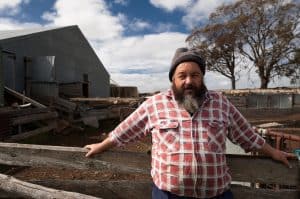 Australia’s entertainment and performing arts sector is gradually attending to the workplace mental health risks that are inherent, or have been shown to be problematic, in their industry. However it continues to operate in isolation rather than facing the reality and magnitude of the problems and the challenges facing lots of industries who have only recently discovered their psychosocial hazards.
Australia’s entertainment and performing arts sector is gradually attending to the workplace mental health risks that are inherent, or have been shown to be problematic, in their industry. However it continues to operate in isolation rather than facing the reality and magnitude of the problems and the challenges facing lots of industries who have only recently discovered their psychosocial hazards.
The latest edition of Dance Australia magazine contains an interview with Chloe Dallimore,* President of Equity, a division of the Media Entertainment and Arts Alliance (MEAA), which illustrates the willingness to change, but still within limits. Occupational health and safety (OHS) obligations are hardly mentioned, nor is the role of the OHS regulators. Perhaps it is time to include mental health as a workplace incident or condition that should be notifiable under law.


 Australia’s occupational health and safety (OHS) agenda seems largely dictated by high risk industries like construction in some States and the mining sector in others. But agriculture is common to all Australia States and is consistently included in the official and unofficial workplace fatality data. New research has been released into serious farm injuries and which voices are the most effective in improving the situation.
Australia’s occupational health and safety (OHS) agenda seems largely dictated by high risk industries like construction in some States and the mining sector in others. But agriculture is common to all Australia States and is consistently included in the official and unofficial workplace fatality data. New research has been released into serious farm injuries and which voices are the most effective in improving the situation. Australia’s occupational health and safety (OHS) profession was late to the process of certifying its members. The
Australia’s occupational health and safety (OHS) profession was late to the process of certifying its members. The  The Melbourne ceremony for
The Melbourne ceremony for 
